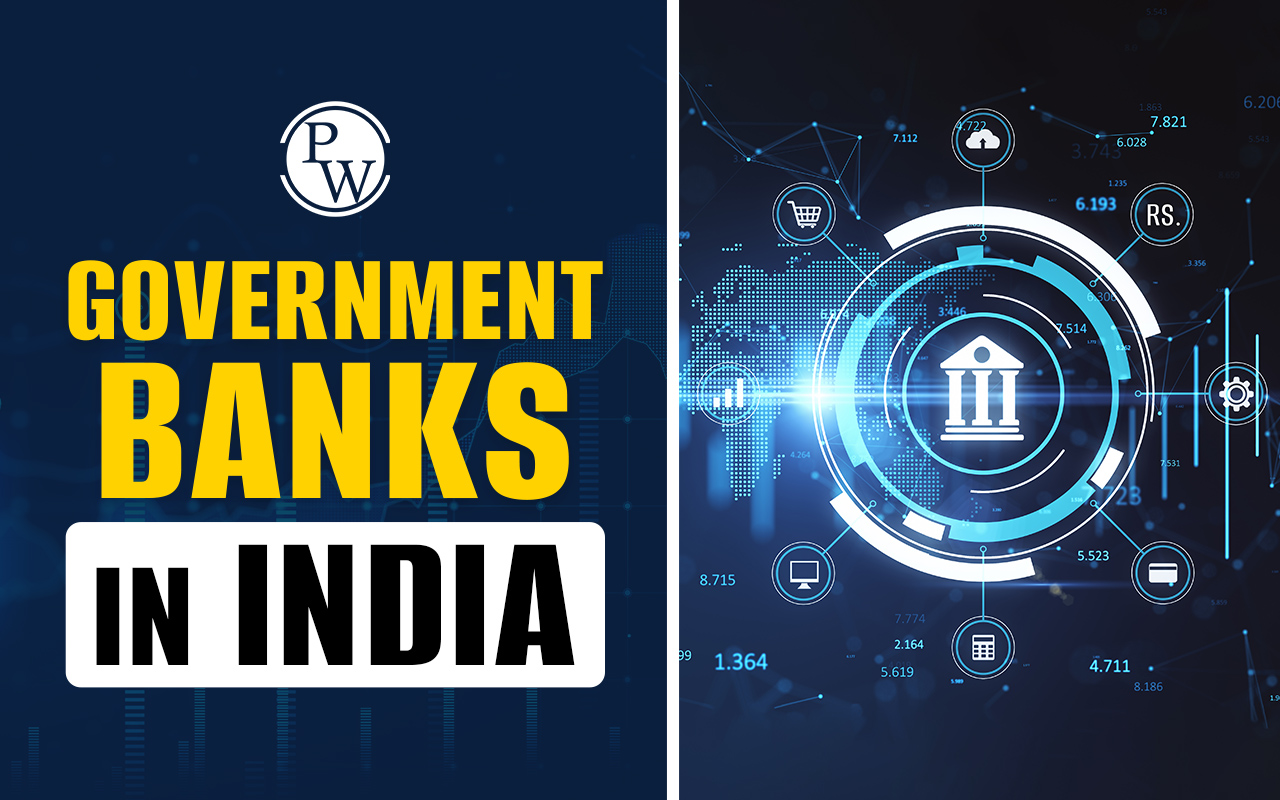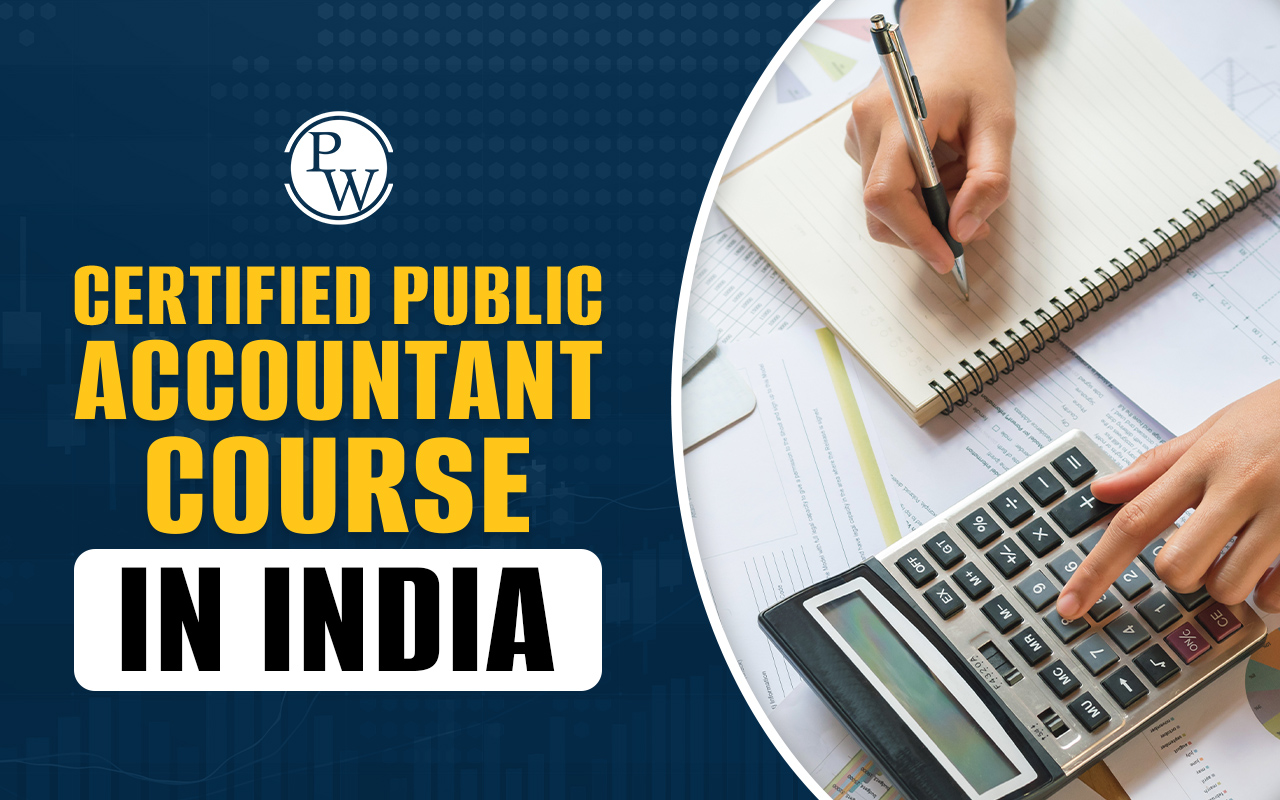

Small Banks in India, mainly known as Small Finance Banks (SFBs), are special types of banks designed to promote financial inclusion. Their main function is to provide banking services like savings accounts, fixed deposits, and small loans to the unbanked and underserved population. These banks target low-income groups, small and marginal farmers, micro-enterprises, and persons residing in rural and semi-urban areas.
Small Finance Banks aim to multiply access to credit and foster financial literacy in remote areas. They provide microfinance, support economic development, and garner a considerable number of people under the formal banking system. By using technology-driven banking solutions, they ensure secure and easy access to basic financial services. Check complete details about small banks in India, including eligibility criteria, list of SFBs, key objectives, role, advantages, challenges, and more.
What are Small Finance Banks in India?
Small Finance Banking in India (SFB) defines a special type of bank and serves as an instrument to financial inclusion and is controlled by the Reserve Bank of India (RBI). These banks have non-complex banking services to consumers not served by the more traditional banks, deposits (savings and fixed), and small loans.
These are mainly enterprises in the self employment sector and marginal farming as well as in low income households and informal sectors. Banks offer finances in rural semi-urban areas and thus get a share of the population connected to the financial system in the country.
In India, the banks are denominated as Small Finance Banks, and are licensed by the Reserve Bank of India under the Banking Regulation Act, 1949, and it is registered under the Companies Act, 2013 as a public limited company. By 2025, 11 Small Finance Banks are expected to be working in the country to enhance inclusive growth by offering affordable access to financial services.
Trusted Small Finance Banks in India
Small finance banks have earned trust through reliable service and targeted financial solutions. These banks have strong reputations for safety and good customer experience.
-
AU Small Finance Bank: Known for tech adoption and competitive interest rates.
-
Ujjivan Small Finance Bank: Popular for microloans and rural outreach.
-
Equitas Small Finance Bank: Recognized for savings, FD rates, and wide product range.
-
Suryoday Small Finance Bank: Offers high FD rates and senior citizen bonuses.
-
Jana Small Finance Bank: Focused primarily on semi-urban and rural customers.
-
ESAF Small Finance Bank: Active in South India serving low-income households.
-
Capital Small Finance Bank: Emphasizes personalized customer service and stable returns.
Key Policies Affecting Small Banks in India
Small finance banks in India operate under specific RBI policies designed to boost financial inclusion and stability. These policies aim to make banking accessible for underserved communities.
-
RBI mandates that small banks direct at least 60% of their loans to priority sectors (like agriculture or MSMEs).
-
Minimum paid-up capital requirement for small banks is ₹200 crore, lower than commercial banks.
-
Small finance banks must open at least 25% branches in rural areas within their first three years.
-
All SFBs are registered as public limited companies under the Companies Act, 2013.
-
Deposits up to ₹5 lakh per depositor are insured under DICGC, ensuring a safety net for savers.
Eligibility Criteria and Regulations Governing Small Banks
Small Finance Banks (SFBs) are regulated by the Reserve Bank of India (RBI) to increase financial inclusion by serving small businesses, farmers, low-income groups, and unbanked populations. Small Banks in India are designed to provide basic banking services such as accepting deposits and giving loans to those who are often excluded from traditional banks.
Eligibility Criteria for Small Finance Banks
To apply for a Small Finance Bank license, the applicant must meet specific eligibility criteria as defined by the RBI guidelines.
1. Who can apply: Individuals should be experienced persons from the banking/financial sector, or the organizations could be NBFCs (Non-Banking Financial Companies) and MFIs (Microfinance Institutions), with a track record in inclusive finance.
2. Promoter requirements: Promoters should have good governance records, financial soundness, and a clear commitment to serve the disadvantaged sections of society. RBI prefers applicants having grassroots-level experience and a clear social impact orientation.
3. Capital structure: The minimum paid-up capital required for setting up an SFB is ₹200 crore. The RBI also focuses on ensuring that the bank is financially viable in the long term, with strong risk management systems and ethical lending practices.
Regulatory Framework for Small Finance Banks
SFBs are governed under the Banking Regulation Act, 1949, and must follow the prudential norms similar to those of larger commercial banks, with certain relaxations to suit their smaller size and focused goals.
-
Priority Sector Lending (PSL): At least 75% of total loans must go to priority sectors like agriculture, micro-enterprises, and affordable housing.
-
Deposit mobilisation: SFBs can accept all types of public deposits, but they are generally not allowed to handle large government accounts unless permitted by the RBI.
-
Risk and liquidity management: SFBs must follow Basel-aligned frameworks to manage credit risk and liquidity, ensuring financial stability while keeping the rules manageable for smaller institutions.
-
Governance and transparency: The RBI requires strong internal controls, active board oversight, and regular reporting to maintain transparency and public trust.
As per recent discussions in the industry, Small Finance Banks are now seen as purpose-driven institutions. Over time, the RBI has moved to offer them more regulatory parity with universal banks.
List of Small Banks in India Based on Market Cap
Small Finance Banks (SFBs) are a category of banks licensed by the Reserve Bank of India (RBI) to provide essential banking and credit services to low-income groups, small businesses, and underserved areas. These banks focus on financial inclusion by serving people who don’t have easy access to regular banks. Below is a list of major small finance banks in India, ranked based on their market capitalization (latest stock market value).
1. AU Small Finance Bank
AU Small Finance Bank is the largest small finance bank in India by market capitalization. It started as AU Financiers and became a small finance bank in 2017. The bank provides a wide range of services including savings accounts, loans, insurance, and digital banking. It has a strong presence in urban, semi-urban, and rural areas and serves individuals, small businesses, and self-employed people.
2. Ujjivan Small Finance Bank
Ujjivan Small Finance Bank began its banking operations in 2017. It focuses on the economically active poor and offers banking services to low-income households, especially in urban slums and rural regions. The bank has a large network of branches and aims to make banking accessible and affordable.
3. Equitas Small Finance Bank
Headquartered in Chennai, Equitas Small Finance Bank started as a microfinance institution before becoming a small finance bank in 2016. It offers a mix of services like retail banking, small business loans, fixed deposits, and insurance. The bank is known for serving financially underserved customers with a focus on transparency and inclusive banking.
4. Jana Small Finance Bank
Jana Small Finance Bank started operations in 2018. It is known for providing digital banking services and has a strong focus on financial technology (fintech). The bank offers personal loans, business loans, and savings products aimed at helping people in remote and underserved regions.
5. Utkarsh Small Finance Bank
Utkarsh Small Finance Bank is headquartered in Varanasi and operates with a focus on underbanked and unbanked customers. It provides financial services such as microloans, affordable housing loans, and savings accounts. The bank plays an important role in promoting inclusive growth in rural and backward areas.
6. Suryoday Small Finance Bank
Suryoday Small Finance Bank transitioned from a microfinance company and now offers a full range of banking services. These include micro business loans, affordable housing loans, and digital savings accounts. The bank is especially known for using technology to reach remote customers and improve banking access.
Role of Small Banks in Indian Economy
Small Finance Banks play an important role in the growth and development of the Indian economy, especially in areas that are not well-served by big banks. They help in bringing financial services closer to people in remote and rural locations.
-
Expanding Financial Access: SFBs reach places where regular banks may not be present, helping people in villages and small towns get access to savings, loans, and insurance.
-
Strengthening Rural Economy: By offering agricultural loans and microcredit, these banks support farmers and small business owners, which in turn boosts rural employment and income.
-
Bringing Informal Finance into the Formal System: SFBs help people move from informal money lenders to regulated banking channels, increasing financial security and transparency.
-
Supporting Government Schemes: They help implement government programs like Jan Dhan Yojana and PM Mudra Yojana by reaching the last-mile customers.
-
Reducing Inequality: By focusing on priority sector lending, SFBs help low-income and marginalized groups get fair access to financial resources.
Advantages of Small Banks in India
Small Finance Banks contribute in creating an inclusive banking system by reaching out to the underserved population. They have multiple advantages that facilitate the growth of financial inclusion and local economies:
-
Serve rural and low-income populations in order to promote financial inclusion
-
Provide better rates of interest on savings and fixed deposits
-
Loans to small quantities to farmers, micro-businesses and individuals
-
Require low minimum balances, making banking affordable
-
Deliver doorstep banking through agents and mobile units
-
Use digital tools like mobile apps for easy access
-
Provide personalized and community-focused customer service
Challenges Faced by Small Banks in India
Small banks have a number of challenges affecting their growth and sustainability despite their advantages:
-
RBI regulations demand that most lending is done in priority sectors, restricting the flexibility
-
Banks with low capital reserves are susceptible to financial tension
-
High cost of operation in serving remote areas
-
Complex regulatory environment with multiple oversight agencies
-
Cybersecurity risks due to rapid digital adoption
-
Limited brand recognition compared to large commercial banks
-
Occasional political interference affecting governance.
Small Banks vs Commercial Banks in India
Small finance banks and commercial banks differ in their target customers, operations, and regulatory requirements. The table below explains their main features and how they serve distinct needs across India.
|
Small Banks vs Commercial Banks in India |
||
|---|---|---|
|
Feature |
Small Finance Banks |
Commercial Banks |
|
Target Audience |
Low-income groups, small businesses |
General public, corporates, retailers |
|
Operational Scale |
Local or regional focus |
National/international presence |
|
Services Offered |
Basic savings, micro-loans |
Full range: loans, cards, wealth |
|
Branch Network |
Limited, with rural emphasis |
Extensive urban and rural network |
|
Deposit Rates |
Higher, often up to 9% |
Lower, about 6–7% |
|
Risk Profile |
Higher due to concentrated lending |
Lower, diversified |
|
Regulatory Body |
RBI, less stringent norms |
RBI, more stringent |
Looking to start a career in private banking? Physics Wallah (PW) offers a comprehensive banking course that covers core banking concepts and essential communication skills. The program includes live classes, daily practice questions, and doubt-solving sessions to help you build a solid understanding of the banking and finance sector. Enroll now to begin your journey in private banking.
Small Banks in India FAQs
Which is the best small bank in India?
What are the smallest banks?
Is ESAF Bank a secure bank?
What do you call small banks?













